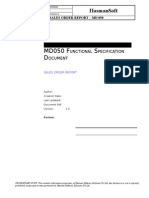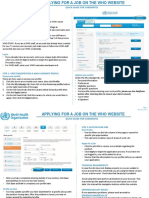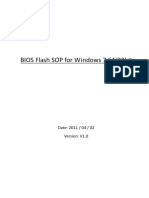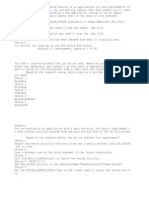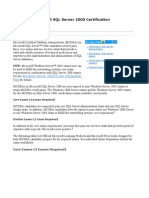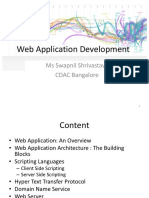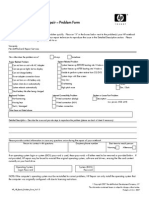0% found this document useful (0 votes)
5 views7 pagesIntroduction To Web Development
Uploaded by
mahanthsingareddy3Copyright
© © All Rights Reserved
We take content rights seriously. If you suspect this is your content, claim it here.
Available Formats
Download as PPTX, PDF, TXT or read online on Scribd
0% found this document useful (0 votes)
5 views7 pagesIntroduction To Web Development
Uploaded by
mahanthsingareddy3Copyright
© © All Rights Reserved
We take content rights seriously. If you suspect this is your content, claim it here.
Available Formats
Download as PPTX, PDF, TXT or read online on Scribd
/ 7
























































